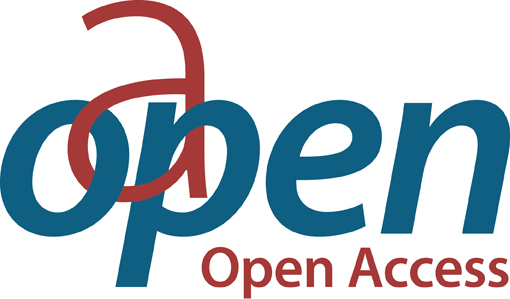Chapter La trasformazione del ‘tempo libero’ in ozio
| dc.contributor.author | Mari, Giovanni | |
| dc.date.accessioned | 2024-12-20T12:31:05Z | |
| dc.date.available | 2024-12-20T12:31:05Z | |
| dc.date.issued | 2024 | |
| dc.identifier | ONIX_20241220_9791221503197_112 | |
| dc.identifier.issn | 2704-5919 | |
| dc.identifier.uri | https://0-library-oapen-org.catalogue.libraries.london.ac.uk/handle/20.500.12657/96316 | |
| dc.language | Italian | |
| dc.relation.ispartofseries | Studi e saggi | |
| dc.subject.classification | thema EDItEUR::N History and Archaeology::NH History::NHB General and world history | |
| dc.subject.other | free time | |
| dc.subject.other | leisure | |
| dc.subject.other | work | |
| dc.title | Chapter La trasformazione del ‘tempo libero’ in ozio | |
| dc.type | chapter | |
| oapen.abstract.otherlanguage | When we talk about leisure we bring into play, at least implicitly, five dimensions or times of a person's life: work, play, rest, "free time" and, indeed, leisure. This text seeks to introduce clarity into these distinctions starting from the transformations introduced by the end of Fordism and the re-proposition of the person in work activities. These transformations coagulate in the crisis of the idea of "free time" and in the request for a new idea of leisure. Which, beyond the extraneousness and the contrast between leisure and work, between work and contemplation, represents the transformation of "free time" into an experience of leisure interconnected with work which opens the non-work time to the creativity required in work, in a circularity between two active times that does not deny their competition for the growth of the person, nor their distinction. | |
| oapen.identifier.doi | 10.36253/979-12-215-0319-7.184 | |
| oapen.relation.isPublishedBy | bf65d21a-78e5-4ba2-983a-dbfa90962870 | |
| oapen.relation.isbn | 9791221503197 | |
| oapen.series.number | 257 | |
| oapen.pages | 12 | |
| oapen.place.publication | Florence |

